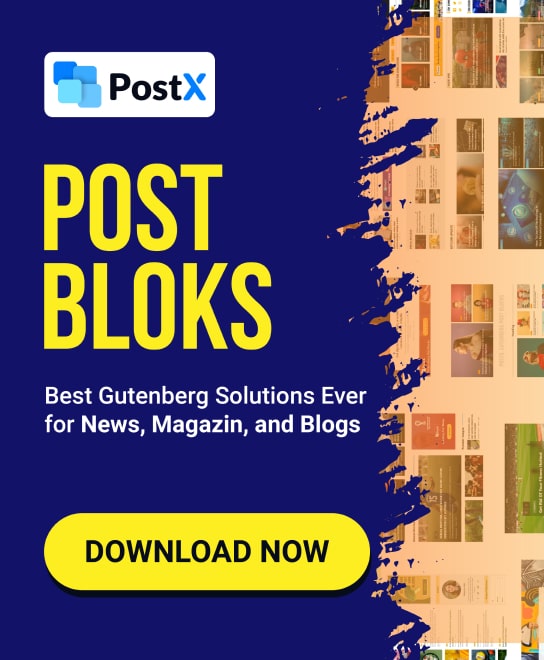The emergence of deceptive AI-generated content poses considerable challenges in our increasingly digital society, prompting initiatives like AI or Not to develop advanced detection technologies. By leveraging machine learning algorithms and expansive datasets, this initiative aims to enable users to differentiate between authentic and manipulated materials. However, as the sophistication of AI manipulation evolves, so too must our strategies for identifying misinformation. What consequences does this have for our comprehension of truth and accountability in the digital age? The answers may reshape not just our perception of information, but the very framework of trust itself.
Purpose of AI or Not
In an era where digital content is increasingly susceptible to manipulation, the purpose of AI or Not emerges as a critical safeguard against deceptive AI-generated material. This innovative tool aims to improve AI literacy among users by equipping them with the ability to recognize trustworthy content from misinformation, deepfakes, and other forms of manipulation.
As AI technologies evolve, ethical considerations surrounding their use become essential. AI or Not addresses these concerns by encouraging transparency and accountability in digital content creation.
Technology Behind Detection
The technology behind AI or Not's detection capabilities is founded on advanced machine learning algorithms trained on extensive datasets comprising tens of millions of images and content.
These proprietary models are designed to analyze nuances in digital media, allowing for the accurate assessment of content authenticity. By leveraging a combination of supervised and unsupervised learning techniques, AI or Not can differentiate between human-generated and AI-generated content with remarkable precision.
The system assigns AI confidence scores to evaluate the likelihood of manipulation, enabling users to make informed decisions about the integrity of the information they encounter.
This cutting-edge approach not only improves the reliability of digital content but also nurtures a culture of transparency in an era increasingly defined by AI advancements.
Impacts of AI Manipulation
Frequently, the manipulation of AI-generated content leads to notable consequences across various sectors, fundamentally altering how information is perceived and trusted. The ethical ramifications of AI misuse are deep, as misinformation can compromise societal values and personal freedoms. The proliferation of deceptive content is particularly alarming, facilitating scams and eroding public confidence in legitimate sources.
| Impact Area | Description |
|---|---|
| Trust Erosion | Decreased confidence in information sources |
| Misinformation Spread | Rapid dissemination of false narratives |
| Security Threats | Increased vulnerability to cyber attacks |
Consequently, businesses and individuals must prioritize the identification of manipulated content to combat misinformation repercussions and uphold ethical standards in digital communication, ensuring a more transparent information environment.
Future Innovations and Goals
Looking ahead, AI or Not is poised to roll out innovative solutions that address the evolving terrain of AI manipulation.
Future trends indicate an increasing sophistication in AI-generated content, necessitating advanced detection methodologies. The development of KYC detectors and video checkers will improve model accuracy, ensuring that businesses can navigate ethical considerations and maintain trust.
As AI technologies advance, AI or Not is committed to rigorous research aimed at tackling complex detection challenges, particularly in video content. This proactive approach not only safeguards against misinformation but also aligns with broader societal values of transparency and accountability.
Ultimately, the goal remains clear: equipping users with reliable tools to recognize authenticity in a world increasingly shaped by deceptive AI.
Growing Importance of AI Detection
As AI-generated content becomes increasingly sophisticated, the demand for effective AI detection solutions is rising correspondingly. The ability to recognize authentic content from AI-manipulated materials is essential for maintaining trust in digital communications.
Ethical considerations play a significant role in developing these detection technologies, as they must balance user privacy with the need for transparency. Additionally, enhancing user awareness about the risks associated with AI-generated content is critical. Educated users can better navigate the digital framework, recognizing potential misinformation and fraud.
As we advance, collaboration among technologists, ethicists, and educators will be fundamental in creating robust frameworks that protect individuals and organizations from the consequences of deceptive AI, ultimately encouraging a safer and more informed digital environment.
Industry Applications and Benefits
While the rise of AI-generated content presents substantial challenges, it also creates opportunities for various industries to adopt AI detection technologies that bolster security and trust.
In sectors such as finance, music, and cybersecurity, the implementation of detection tools improves content authenticity and safeguards against malicious manipulations. Financial institutions can streamline KYC verification processes, while the music industry can protect brand integrity from unauthorized AI-generated replicas.
However, these advancements must be approached through the lens of AI ethics, ensuring that the technologies deployed respect user rights and uphold transparency. By cultivating an environment of trust and accountability, industries can utilize AI detection services to not only mitigate risks but also improve their operational frameworks amidst evolving AI capabilities.
Challenges in AI Content Recognition
The increasing sophistication of AI-generated content presents substantial challenges in recognition and verification processes.
As AI technologies evolve, distinguishing between authentic and fabricated content requires advanced detection methods. The reliance on automated systems raises concerns about the necessity of human oversight; without it, the potential for misinformation and manipulation increases.
Ethical considerations become crucial, as misidentification can lead to the unjust vilification of individuals or organizations.
In addition, the rapid pace of AI development often outstrips regulatory frameworks, complicating efforts to maintain accountability in AI-generated content.
Addressing these challenges necessitates collaboration among technologists, ethicists, and policymakers to create robust detection systems that uphold the integrity of digital content, ensuring a balance between innovation and ethical responsibility.
Frequently Asked Questions
How Does AI or Not Ensure User Privacy and Data Security?
In the complicated dance of technology and privacy, AI or Not prioritizes user consent and data anonymization, ensuring that personal information remains shielded while promoting a secure environment for users to navigate AI-generated content responsibly.
What Are the Costs Associated With Using AI or Not Services?
A thorough cost analysis of AI detection services reveals considerable variances in pricing structures. Conducting a service comparison is essential for businesses, ensuring ideal investment while addressing the unique challenges posed by AI-generated content manipulation effectively.
Can AI or Not Be Integrated With Existing Cybersecurity Systems?
Steering through the complex terrain of cybersecurity challenges, AI integration can improve existing systems by providing advanced detection capabilities. This collaboration encourages a proactive defense, enabling organizations to combat evolving threats and safeguard digital integrity effectively.
What Types of Content Can AI or Not Detect?
AI or Not effectively detects various content types, leveraging advanced AI capabilities to assess content authenticity. It identifies misinformation, profoundfakes, and other deceptive materials, ensuring users can navigate digital environments with increased confidence in content integrity.
How Frequently Are the Detection Models Updated for Accuracy?
Detection models are regularly updated to improve accuracy, employing continuous model training with extensive datasets. This iterative process guarantees that evolving AI-generated content types are effectively identified and assessed, maintaining high standards of reliability in detection capabilities.









